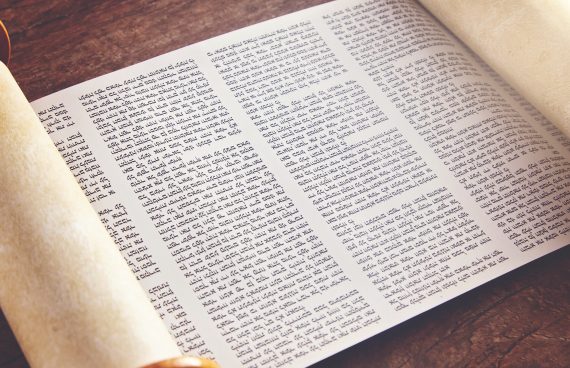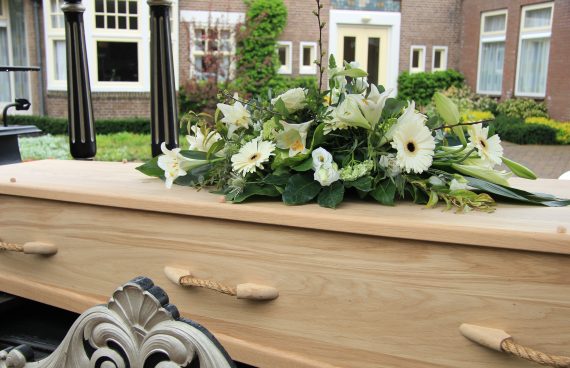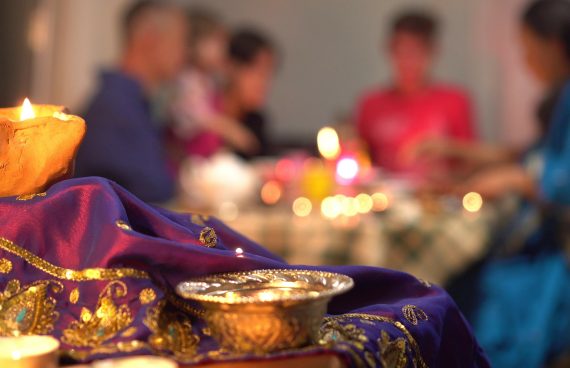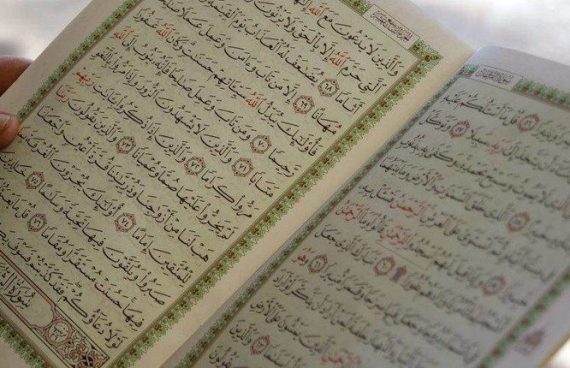Catholic Funeral Etiquette & Traditions Guide
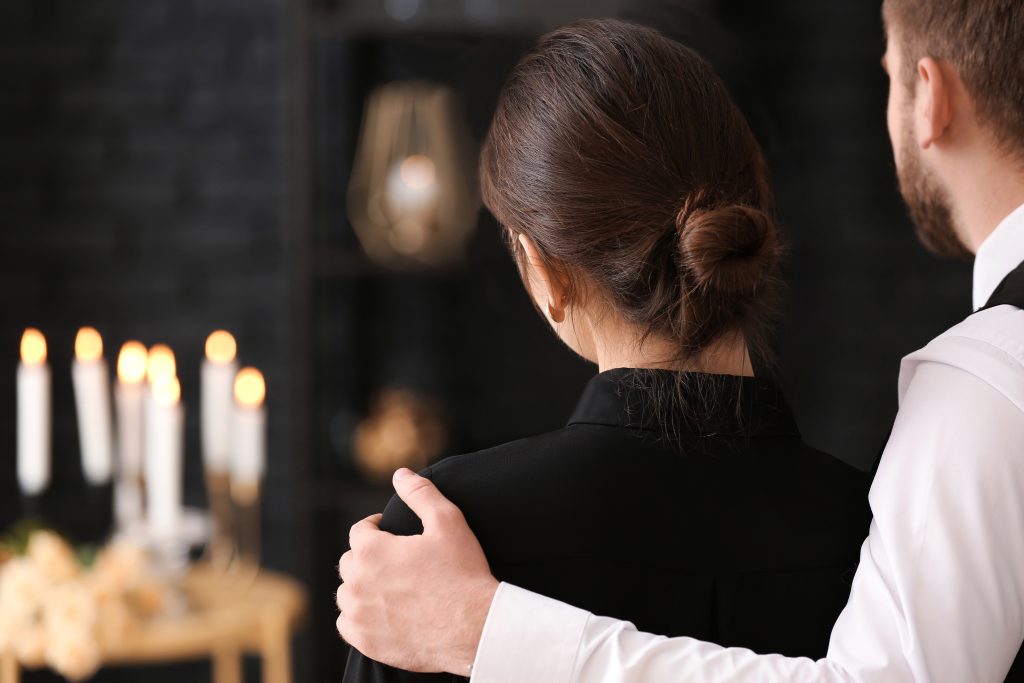
As Christians, Catholics believe in the afterlife. As such, their funerals center upon prayers for the deceased’s soul. And they typically include a mass during the Catholic funeral service.
Here’s a guide to what you can expect when attending a Catholic funeral.
What is a Catholic Funeral?
A Catholic funeral is a religious service held for someone of the Catholic faith who has passed away. It serves an important function for the survivors, who believe that the soul lives on after death.
That’s a belief shared by all Christians, whose faith dictates that, depending on how righteous a life you lived, your soul continues on in either Heaven or Hell. However, Catholics believe in a third destination for the soul: Purgatory. Purgatory is for souls who have committed forgivable sins during their lifetime, and who may eventually end up in Heaven.
Therefore, to encourage such forgiveness, the Catholic funeral is a time to appeal to God to be merciful on the deceased person’s soul. With this in mind, you should expect there to be a lot of prayers said at the Catholic funeral you will be attending. There will likely be much talk of the deceased now being with God in Heaven, as a way to comfort those who are grieving.
A belief in purgatory is not the only factor that differentiates a Catholic funeral from other Christian funerals. In fact, there are many unique Catholic funeral traditions – many of which we will explore below.
Catholic Funeral Traditions
As you would expect, a Catholic funeral is traditionally held in a Catholic church, though it may also be held at a funeral home. The service tends to be led by a Catholic priest, who will deliver a sermon likely to include commemorating snippets from the deceased’s time on Earth.
With a Catholic service, as opposed to other Christian funerals, there tend to be more rites performed. This includes a funeral mass, which symbolizes the resurrection of Christ. There will also be music throughout the service.
Mass
- Introductory rite, or greeting by the priest
- Procession of priest, coffin, and congregation up the aisle
- Holy water sprinkled during the procession
- Opening song and prayers
- Readings from the Bible
- Holy Communion (Mass)
- More prayers
- Coffin taken back down the aisle and out of the church
- Prayers said at the graveside (or before the curtains close if it’s a cremation) for the Rite of Committal
Notice that, unlike non-Catholic funerals, there is no eulogy. This is usually the case with Catholic funerals. Friends and family who wish to say a few words about their loved one should plan to do so at the wake or at a reception after the funeral, if there is one.
Cremation and autopsies
Cremation has in recent years been deemed an acceptable practice by the Catholic church, but traditionally churches and cemeteries prefer that ashes be placed in a cremation urn and either buried or kept in a mausoleum, not scattered. Catholics believe at the end of time all bodies will rise from the grave to enter the kingdom of Heaven. Autopsies are allowed, and Catholics actually see them as an act of charity, a concept which is central to their faith. Embalming is also allowed.
Wakes
Holding a wake before a Catholic funeral is a popular tradition. It may be held several days before the funeral and it usually takes place at night. Some Catholic wakes last for days while others go on for just a few hours. There may be a Vigil Service, which is the Catholic religious term for a wake. The Vigil Service takes place during the wake or the visitation/viewing period, which often occurs at a funeral home.
Catholic Funeral Etiquette
The atmosphere at a Catholic funeral is typically somber and respectful, so people should dress accordingly. For the Catholic church, that is interpreted as black, semi-formal clothing. Men should wear a suit and tie or at least a sports coat and tie. Women should wear a black skirt or dress or pantsuit. If black clothing is not available, attendees should aim for wearing the darkest semi-formal clothes they have. It is no longer required that women wear hats, although some do. Men should absolutely not wear a hat in the church.
Sending flowers is always appreciated, but choose an arrangement that is fitting for a somber church atmosphere (no stuffed animals or balloons).
FAQ Block
Catholic Funeral Etiquette & Traditions FAQ
What do you wear to a funeral mass?
A funeral mass is held in a church, so a dark suit for men or dark dress or pantsuit for women is appropriate. Clothing should cover the shoulders and knees and jewelry should be kept simple.
What is the rite of committal?
The final stage of a Catholic funeral is the Rite of Committal. It often takes place at the cemetery but may also be part of the funeral service at the church. Either way, this is the final rite, where the priest officially commits the body to the earth and everyone says their final goodbyes.
Can a Catholic funeral be held on a Sunday?
Traditionally, Catholic funerals are not held on Sundays, although there can be exceptions. Sundays are meant to be reserved for regular church services.
How soon after death is a Catholic funeral?
Funerals take place anywhere from two days to one week after death, but typically occur within three days or so.
What is a rosary ceremony?
A Catholic funeral actually consists of three parts, each of which may occur at different times. The first part is the Vigil service, which takes place at the wake. Next is the Funeral Mass, which is the traditional funeral ceremony. Finally, there is the Rite of Committal. Reciting the Rosary, or a set of prayers, is a tradition that’s performed at the wake.






 Use current location
Use current location




